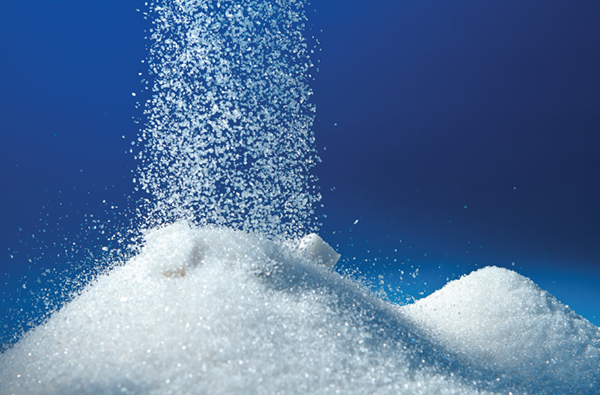Prediabetes Is About Prevention

The truth about prediabetes is that you may have it and not even know. The CDC says that's true for 90 percent of people who have prediabetes. It's also shockingly common. One in three American adults have prediabetes. Among those over age 65, rates rise to one in two.
What is prediabetes?
You probably know that type 2 diabetes means high blood sugar. People with prediabetes also have high blood sugar –just not high enough to be diagnosed as diabetes.
"We use hemoglobin A1c measures as one way to diagnose prediabetes," says Elizabeth Shih, M.D., women's primary care provider at the OHSU Center for Women's Health. A1c is a good measure of your average blood sugar level over the past three months.
- Up to 5.6% is normal
- 5.7-6.4% is prediabetes
- 6.5% or higher is diabetes
A diagnosis of prediabetes is a wakeup call, but there is definitely hope. "My patients ask, does this mean I'm going to have diabetes? It doesn't have to," Dr. Shih says. "Diet changes and even a small amount of weight loss can significantly lower your risk."
How can I have prediabetes and not feel sick?
There are really no symptoms of prediabetes. In fact, even early stages of type 2 diabetes may not cause symptoms.
Jessica Castle, M.D., endocrinologist at OHSU's Harold Schnitzer Diabetes Health Center, says that A1c levels may be really high –9-10% -- before you have symptoms, like blurry vision and frequent urination.
"It's like high blood pressure," she says. "It's causing harm, but there may not be a clear sign that there is a problem. That is why screening for prediabetes and diabetes is so important."
Both Dr. Shih and Dr. Castle agree that the sooner you discover prediabetes and make lifestyle changes, the better off you'll be.
"The National Diabetes Prevention Program decreases the risk of developing type 2 diabetes by 58 percent over three years," says Dr. Castle. The program supports participants to achieve two simple goals:
- Lose 7 percent of your body weight
- Exercise for 30 minutes at least five days per week
Should I get screened?
At your next well-woman visit, talk to your primary care provider. Screening is a simple blood test, and your provider can help you determine if have prediabetes and what lifestyle changes could improve your health. You're at higher risk of developing prediabetes and type 2 diabetes if you are:
- Overweight or obese
- 45 years or older
- From a family with a history of type 2 diabetes
- Exercise less than three times per week
- Have ever had gestational diabetes (diabetes during pregnancy)
- African American, Hispanic/Latino, American Indian or Alaska Native
If you have several of these risk factors, especially if gestational diabetes is one of them, you should definitely get screened. "Women who have ever had gestational diabetes are at very high risk," says Dr. Shih. "We recommend they get screened after they give birth and annually after that."
You're not alone
Looking for information and support? OHSU has a diabetes prevention program. There are also great resources provided by the CDC's diabetes program and the American Diabetes Association.